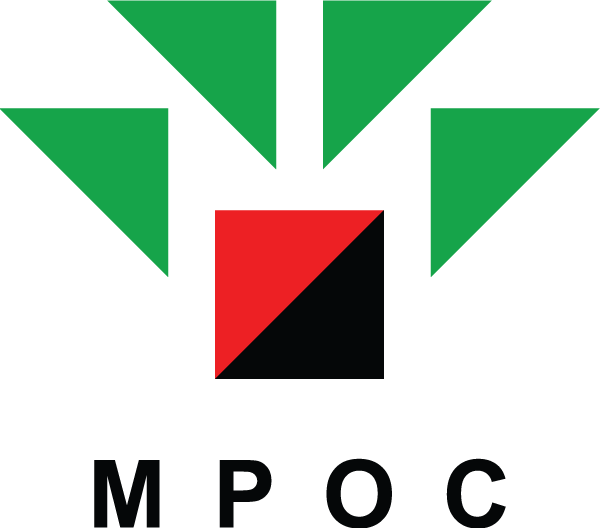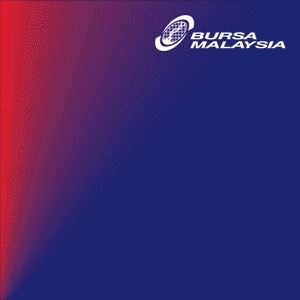
ORGANIZED BY:


Section 2: Market Challenges and Opportunities:
Indonesia Biodiesel Mandate: Impact on Palm Oil Prices

Mr. Togar Sitanggang
Professional Career:
• PT Musim Mas, Corporate Affairs Manager, May 2012 – Present, Jakarta
• PT Darmex Agro, Trading Manager, November 2011 – January 2012, Jakarta
• PT ED&F; Man Indonesia, Country Manager Tropical Oil Division, August 2009 – November 2011, Jakarta
• PT Bunge Agribusiness Indonesia, Research Analyst, October 2004 – July 2009, Jakarta
• Suria Kencana, Broker, March 2004 – August 2004, Jakarta
• Bakrie Group, VP Commodity Trading, January 2001 – February 2004, Jakarta
• PT Cargill Indonesia, Trader, February 1997 – December 2000, Medan
• PT SMART Corp Medan, Various Positions, March 1993 – January 1997, Medan
Organizations:
• Asosiasi Produsen Oleochemical Indonesia – APOLIN, Indonesia Oleochemicals Manufacturer Association: Chairman 2013 – 2016
• Asosiasi Produsen Biofuels Indonesia – APROBI, Indonesia Biofuels Producers Association: Secretary General: 2014 – 2017
• Dewan Minyak Sawit Indonesia – DMSI, Indonesia Palm Oil Board: Marketing and Promotion 2012 – 2015
• Gabungan Pengusaha Kelapa Sawit Indonesia – GAPKI, Indonesia Palm Oil Association: Secretary General 2015 – 2018
• European Palm Oil Alliance – EPOA: Indonesia Representative in the Steering Committee 2016 – 2017
Education:
• Magister Management Agribisnis, North Sumatera University, Medan, 2000
• Bachelor of Science in Computer Science, University of Southern California, Los Angeles, 1991
VIEW PROFILE
In 2012 we saw Crude Palm Oil prices climbed to over USD 1100 per mt and on the other side of the market, Crude Oil prices also climbed to over USD 120 per barrel. Both high prices that we have not seen happened until today. In fact, both commodities went down to their lowest level since 2012, Crude Palm Oil around USD 480 per mt, in September 2015, and Crude Oil price around USD 30 per mt in January 2016.
Since early 2014, Government of Indonesia has started seen the Trade Balance diminishing and went negative territory in around July-August 2014. The event created a panic within the government officials and they tried to find ways to solve it. Indonesia imported majority of their fuel consumption, both Gasoil and Gasoline. And since Indonesia already have mandatory blending of Biodiesel, Government then turn to the Biodiesel industry for more blending and in order to reduce import of Gasoil.
On this period, the Biodiesel industry was asked to sell Biodiesel to Pertamina based on Gasoil prices, not Palm-based Biodiesel prices (ICIS benchmark). The industry was still able to sell with this scheme only for first few months. Since Oct 2014, the industry started to suffer losses and the worst happened in January 2015 where the industry had to stop all Biodiesel deliveries to Pertamina. The estimated loss for January 2015 was minimum USD 300 per mt.
In early 2015 the Indonesia palm oil industry started the discussion to find ways to stop price decline of Palm Oil and concluded that Biodiesel program can stop the price decline since it will create new demand and this demand was inside Indonesia. The industry also concluded that the only way to support the program is by self-subsidy, from the industry to the industry with collection of levy from the industry to be used to support the palm-based Biodiesel program.
After long months of discussions for creating new regulations on CPO Fund (now called Indonesia Estate-Crop Fund), and regulations that follows for reimbursement of the fund, the first drop of Biodiesel delivered to Pertamina end of September 2015 and price of palm oil has improved since then and highest CPO price we have seen was over USD 700 per mt last December.
Palm Oil has entered new era of demand, Biodiesel!
Currently, the blending rate in Indonesia is 20% and is going very smooth in Transportation sector, creating new demand of around 3 million mt of CPO equivalent per year. Industrial sector is yet to move as planned and when this happened, there would be another 3 million mt of CPO equivalent demand domestically in Indonesia.
Since early 2014, Government of Indonesia has started seen the Trade Balance diminishing and went negative territory in around July-August 2014. The event created a panic within the government officials and they tried to find ways to solve it. Indonesia imported majority of their fuel consumption, both Gasoil and Gasoline. And since Indonesia already have mandatory blending of Biodiesel, Government then turn to the Biodiesel industry for more blending and in order to reduce import of Gasoil.
On this period, the Biodiesel industry was asked to sell Biodiesel to Pertamina based on Gasoil prices, not Palm-based Biodiesel prices (ICIS benchmark). The industry was still able to sell with this scheme only for first few months. Since Oct 2014, the industry started to suffer losses and the worst happened in January 2015 where the industry had to stop all Biodiesel deliveries to Pertamina. The estimated loss for January 2015 was minimum USD 300 per mt.
In early 2015 the Indonesia palm oil industry started the discussion to find ways to stop price decline of Palm Oil and concluded that Biodiesel program can stop the price decline since it will create new demand and this demand was inside Indonesia. The industry also concluded that the only way to support the program is by self-subsidy, from the industry to the industry with collection of levy from the industry to be used to support the palm-based Biodiesel program.
After long months of discussions for creating new regulations on CPO Fund (now called Indonesia Estate-Crop Fund), and regulations that follows for reimbursement of the fund, the first drop of Biodiesel delivered to Pertamina end of September 2015 and price of palm oil has improved since then and highest CPO price we have seen was over USD 700 per mt last December.
Palm Oil has entered new era of demand, Biodiesel!
Currently, the blending rate in Indonesia is 20% and is going very smooth in Transportation sector, creating new demand of around 3 million mt of CPO equivalent per year. Industrial sector is yet to move as planned and when this happened, there would be another 3 million mt of CPO equivalent demand domestically in Indonesia.
REGISTER OR LOGIN TO VIEW FULL REPORT
REGISTER OR LOGIN TO VIEW PRESENTATION SLIDES
Questions & Answers
Please login to post comments.







